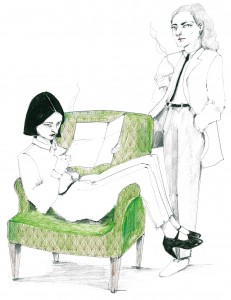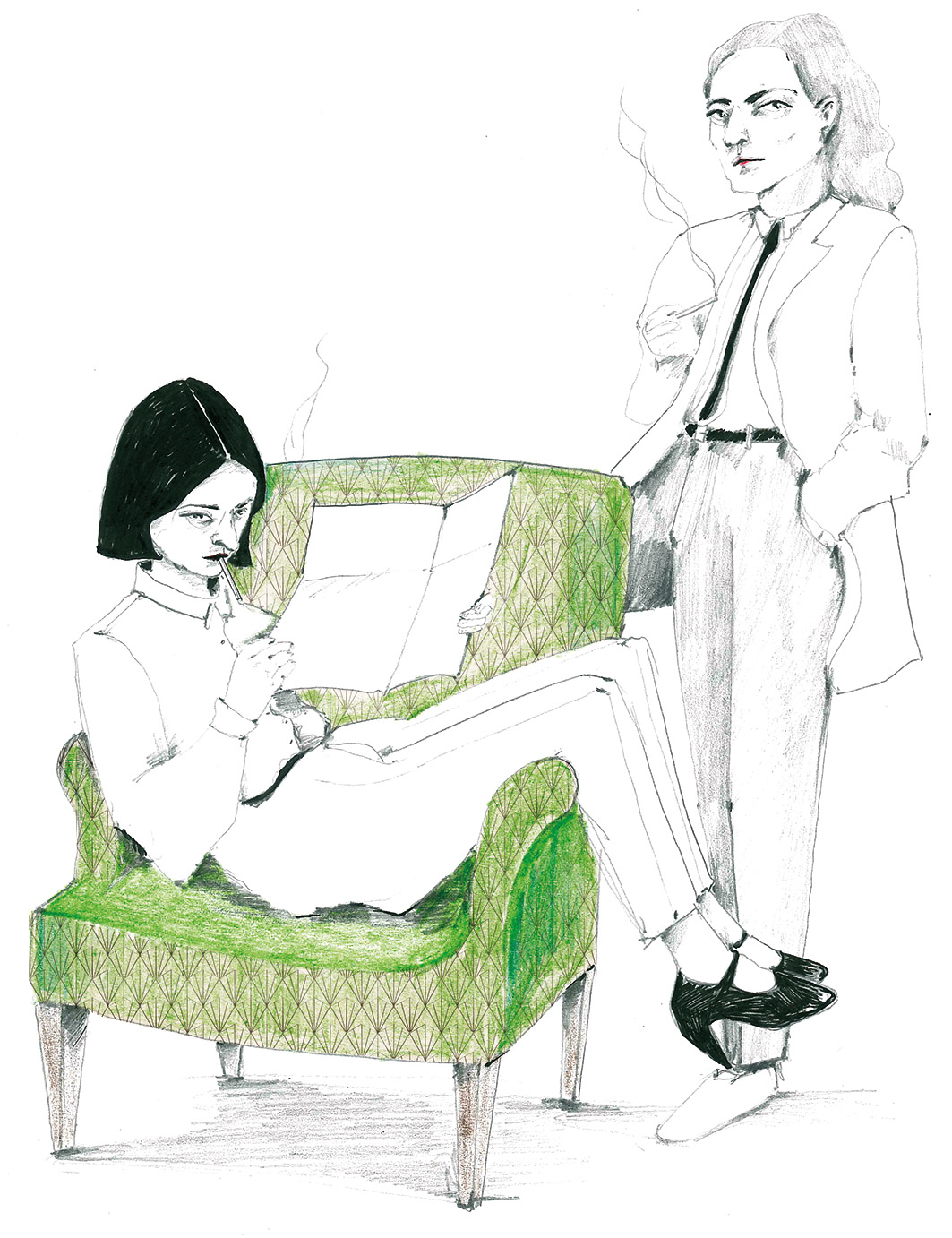The modern woman made her entry during the 1920s. The right to vote was soon followed by the right to attend upper secondary school and the right to a governmental job. But not everyone was happy. Lundagård was in turmoil; offended and disappointed men raised their voice about a crisis in the female identity.

“The most threatening type of woman is the one that starts to take over intellectually – the female student. She who wants a career and has no interest in a husband”, says Emma Severinsson, who is researching the image of the modern woman in 1920s weekly magazines.
In Lund the male students felt threatened and intimidated by this new type of woman, and in Lundagård’s “letters to the editor” section, issue 3-4/1921, a war erupts.
The male students accuse the female students of being licentious and asocial bores. The women rebuke with telling the men to taper off their drinking.
In issue 5/1921 editor-in-chief Sune Genell had enough and entered the debate. After a thorough reprimand, he finishes with these lines:
“You may have the right to demand that the student, without any courtesy and conventional patina restrain from their brusque manners and strive for common decency. And then it is about time we make peace!”.
The new woman was not as much a crisis to themselves as to the men who dominated the University. In issue 11/1928 one can read a long article where writer Ernst Norlind made a thorough examination of the problems with this new type of woman:
“She has clubs, unions and interests besides marriage, and she demands the same freedom in her life as men. Our emotional life, our notion of the world, our whole way of life is not adjusted for this new type of woman”.
According to Emma Severinsson the women of the 1920s were given the opportunity to reap what their mothers’ sowed during their struggles, and for the first time marriage was not a given goal.
“Women started to practice sports and driving cars. More and more became independent and began to study at University”, says Emma Severinsson.
The Female Student Association in Lund was very active during the 1920s. They organised soirees, conversational evenings and lectures. They debated, went to cafés and invited each other home under more relaxed circumstances.
Suddenly the social aspect is the focus. Serving chocolate pralines and a cigarette was enough to make the evening complete.
Almost a hundred years later, women are the majority amongst students, but 76% of all professors are still male.
As if that was not enough. In Lundagård issue 1/2015 you can read that the recruitment of female professors now is moving backwards. The question is, how would the 1920s female student have felt about this?
Text: Tindra Englund
Translation: Viktor Jönsson






